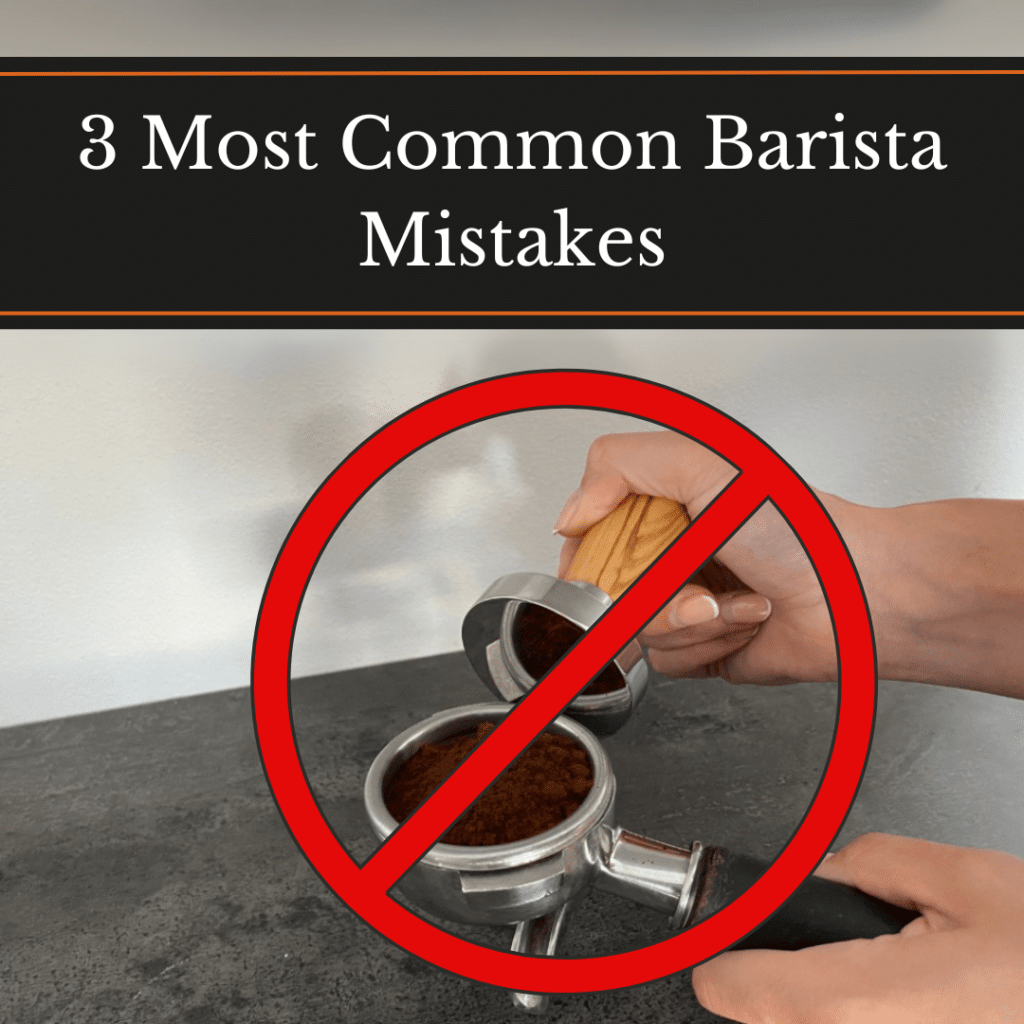Master the Basics: A Beginner’s Guide to Coffee Art
Embarking on the journey of mastering the art of coffee can be a delightful experience, particularly when delving into the world of coffee art as a beginner. As you start your adventure into the realm of creating intricate designs atop your favourite brew, it is essential to grasp the fundamental techniques and tools that will set you on the right path. In this comprehensive guide, we will navigate the basics of coffee art, offering invaluable tips and tricks that will equip you to create stunning designs even as a novice. Whether you are drawn to hearts, rosettas, or tulips, this beginner’s guide to coffee art will lay the foundation for your exciting artistic coffee journey.
If you are a barista or coffee business, check out our barista training courses on our wholesale sister site here. If you are a coffee enthusiast at home then read on!
Introduction to Coffee Art
History and Evolution of Coffee Art
Coffee art, often referred to as latte art, has a relatively modern history that adds a touch of elegance to the everyday coffee experience. It began in Italy, the heartland of espresso, where baristas started experimenting with milk to enhance the visual appeal of their drinks. With the rise of the specialty coffee movement in the 1980s and 1990s, particularly in the United States and Australia, this craft evolved as a signature of coffee culture.
The evolution of coffee art has been propelled by both competition and camaraderie within the barista community. Competitions, like the World Latte Art Championship, have pushed the boundaries of what can be created on the coffee canvas. Today, the practice of coffee art is not just an aesthetic endeavour but also a signifier of a barista’s skill in achieving the perfect balance between the texture of the milk and the quality of the espresso shot. It’s an integral part of the coffee experience that continues to enchant patrons around the globe.
Importance of Coffee Art
Coffee art isn’t merely about the aesthetics; it signifies the care and precision taken in preparing a beverage. The presence of art on your coffee often suggests that the barista has not only mastered the pour but also paid close attention to the quality of the espresso and the texture of the milk. It’s a visual assurance of quality that can enhance the overall coffee experience.
Furthermore, coffee art has become a symbol of the coffee shop culture, representing a space for creativity and personal expression. For many customers, a well-crafted cup of coffee with a beautiful design can be the highlight of their day. It’s also a key differentiator in a crowded market, as cafes strive to offer not just a cup of coffee but an experience that is worth sharing, often literally, as customers share images of their cups on social media, contributing to the cafe’s popularity and reach.
Understanding the Basics of Coffee Art
Essential Tools for Coffee Art
Delving into coffee art requires a few essential tools that are the bedrock of any barista’s arsenal. The most crucial is the espresso machine with a steam wand, which is used to create the rich and velvety steamed milk necessary for the art. Next, a high-quality milk jug with a spout is key for achieving precision when pouring the milk into the espresso.
A thermometer to gauge the milk’s temperature is also vital, as milk steamed to the correct temperature will have the ideal texture for art. Moreover, a fine, pointed tool like a toothpick or a latte art pen can be handy for etching designs and adding intricate details to your creations.
Investing in these tools can make a noticeable difference in the quality of your coffee art. With the right equipment, you can ensure that your coffee not only tastes great but also looks like a masterpiece every time.
Basic Techniques in Coffee Art
Mastering basic techniques is the foundation of coffee art. It starts with the preparation of the milk, which must be steamed to a creamy consistency without creating large bubbles. The key here is to introduce just enough air to achieve a silky microfoam. Once this is accomplished, the pouring technique takes centre stage. There are two primary methods: free pouring and etching.
Free pouring is where the design is created through the way the milk is poured into the espresso. It requires a steady hand and precise movements to form patterns like hearts or rosettas. Etching, on the other hand, involves using a tool to draw designs on the milk foam after it’s been poured. This method can create more complex images, such as leaves or animals.
Both techniques require practice to perfect, but even as beginners, you can achieve impressive results by understanding the basics of milk texture and pour control.
Mastering the Art of Latte Pouring
Step-by-Step Guide to Latte Pouring
Creating coffee art through latte pouring involves several key steps. First, prepare your espresso shot and pour it into a warmed cup. Simultaneously, steam your milk to achieve a velvety microfoam. It’s critical to avoid large bubbles and aim for a glossy finish. Once your milk is steamed, swirl it gently to maintain fluidity.
Begin pouring the milk from a height into the centre of the espresso, which allows it to penetrate the crema. As the cup fills, bring the jug closer to the surface. When it’s about two-thirds full, start the art by moving the jug spout through the milk, creating a pattern. This could be a simple heart or something more complex like a rosetta or tulip.
The speed and movement of your pour are crucial. A slow, steady stream helps control the pattern, while a gentle hand movement defines its shape. With practice, you’ll develop a fluid technique that results in beautiful latte art.
Check out our milk texturising video on a Sage Barista pro home coffee mahcine here.
Common Mistakes in Latte Pouring
When learning latte pouring, there are several common pitfalls to avoid. One of the most frequent mistakes is incorrect milk temperature; overheating the milk can ruin its texture, making it impossible to create smooth art. Aim to steam the milk until it’s warm to the touch but not scalding, typically around 60-65 degrees Celsius.
Another error is pouring the milk too quickly or from too high, which can cause it to break through the espresso’s crema rather than resting on top. This leads to a muddled appearance instead of a clear, defined design. Additionally, not integrating the espresso and milk can result in a lack of contrast in the art.
Lastly, inconsistency in the milk’s texture, which comes from improper steaming, is often the downfall of many beginners’ latte art. Achieving the perfect microfoam takes practice, but it’s essential for creating that Instagram-worthy cup of coffee.
Introduction to Advanced Coffee Art Techniques
The Art of Etching
Etching is an advanced coffee art technique that allows for detailed and intricate designs. It involves using a tool, such as a toothpick or a stylus, to carve designs into the foam of a latte. The process begins similarly to free pouring, where you create a base with the steamed milk. Once the foundation is laid, you quickly work with the etching tool to draw patterns or images on the surface of the coffee.
Precision and speed are crucial in etching as the foam begins to settle quickly after pouring. It’s a delicate balance between being gentle enough to not disturb the layers of milk and espresso, yet assertive enough to create clear designs. Etching can produce everything from simple geometric shapes to elaborate scenes or characters. While it requires a steady hand and a bit of artistic flair, with patience and practice, etching can elevate the visual appeal of your coffee creations to new heights.
Use of Food Colouring in Coffee Art
Incorporating food colouring into coffee art is a creative way to add a vibrant twist to your designs. This technique involves adding a few drops of food-safe colouring to the milk before steaming or directly onto the foam after pouring. When using coloured milk, the colouring blends with the milk, creating a uniform hue that contrasts with the dark espresso.
When adding food colouring post-pour, precision is necessary to maintain the integrity of the foam while introducing the colour. Using a dropper or a thin tool, you can create colourful accents, patterns, or even fill in etched designs for a more dramatic effect.
It’s important to use colours sparingly to avoid altering the taste of the coffee and to choose quality, tasteless food colouring to ensure the coffee’s flavour remains unadulterated. This advanced technique can make a cup of coffee stand out, especially in a competitive market where uniqueness and Instagrammability are highly valued.
Practising and Perfecting Your Coffee Art Skills
Practice Techniques for Coffee Art
To refine your coffee art skills, consistent practice is key. One effective method is to use water mixed with a small amount of dish soap to simulate the texture and flow of milk. This can be poured into a cup of coffee or a dark liquid that resembles espresso. This approach is cost-effective and allows for repeated attempts without wasting milk and coffee.
Another valuable practice technique is to watch and analyse videos of skilled baristas. Pay close attention to their hand movements, pouring speed, and the way they manipulate the jug. Then, try to replicate these actions during your practice.
It’s also helpful to practice with a purpose by setting specific goals, such as perfecting a heart before moving on to more complex designs like rosettas or tulips. Remember, patience and perseverance are crucial; even the most accomplished baristas have poured countless cups to achieve mastery.
Tips to Improve Your Coffee Art Skills
Improving your coffee art skills takes dedication and an understanding of the subtle nuances that affect the final result. Here are some tips to help you enhance your coffee art:
Firstly, focus on the quality of your espresso shot and milk texture. These are the canvas and paint of your coffee art; without them being just right, your art won’t shine. Ensure the espresso has a good crema and the milk is steamed to a silky microfoam.
Secondly, maintain a consistent and comfortable grip on your milk jug, and keep your motions smooth and fluid. This will help in controlling the pour and creating precise designs.
Experiment with different pouring speeds and heights to see how they influence the design. Start high to let the milk sink and then come in close to create your art.
Lastly, learn from each cup you make. Take note of what works and what doesn’t, and don’t be afraid to try new techniques. With patience and practice, your skills will naturally improve, and the process of creating coffee art will become more intuitive.
If you would like to try our recommended coffees for espresso that are perfect wiht milk, click here.






